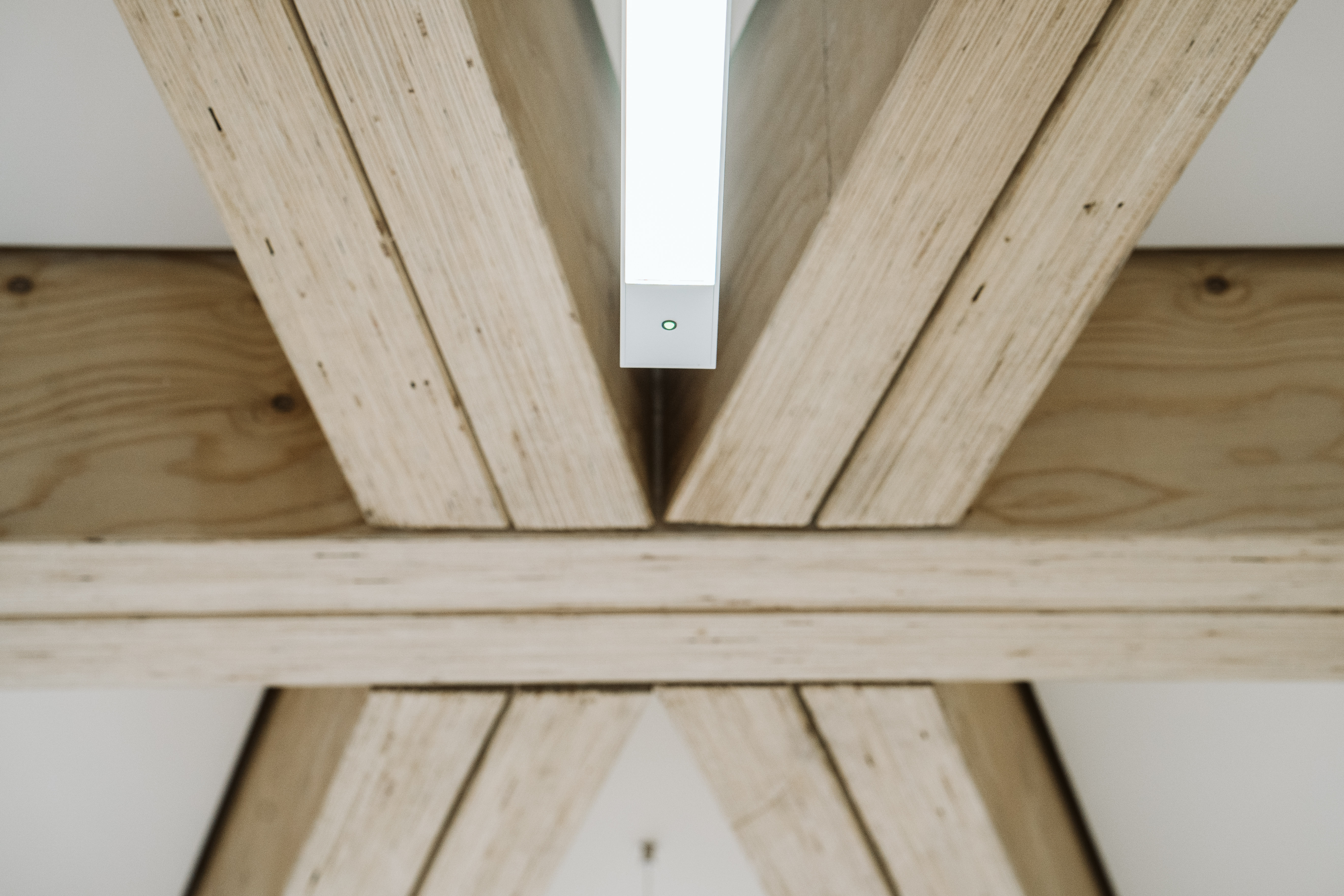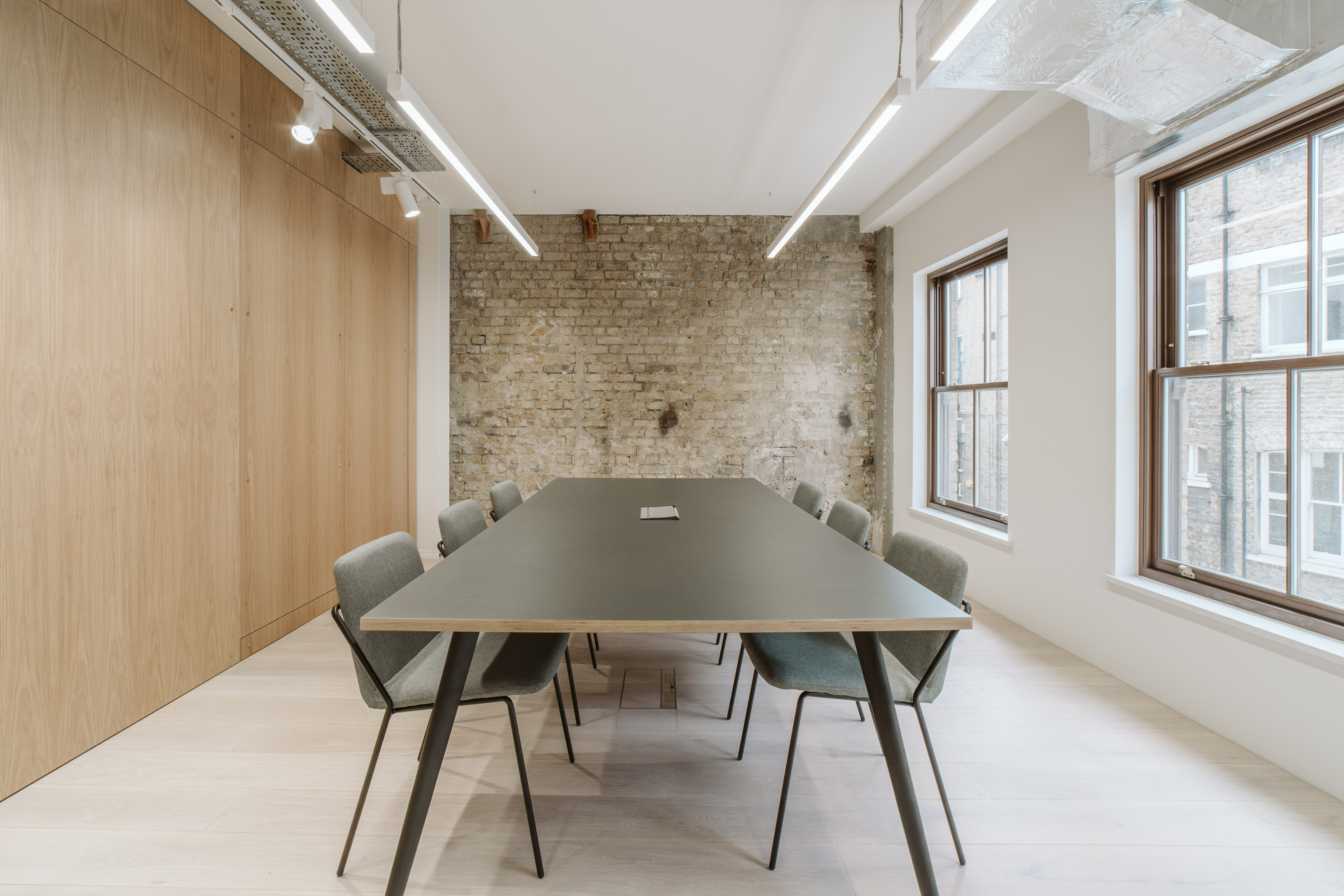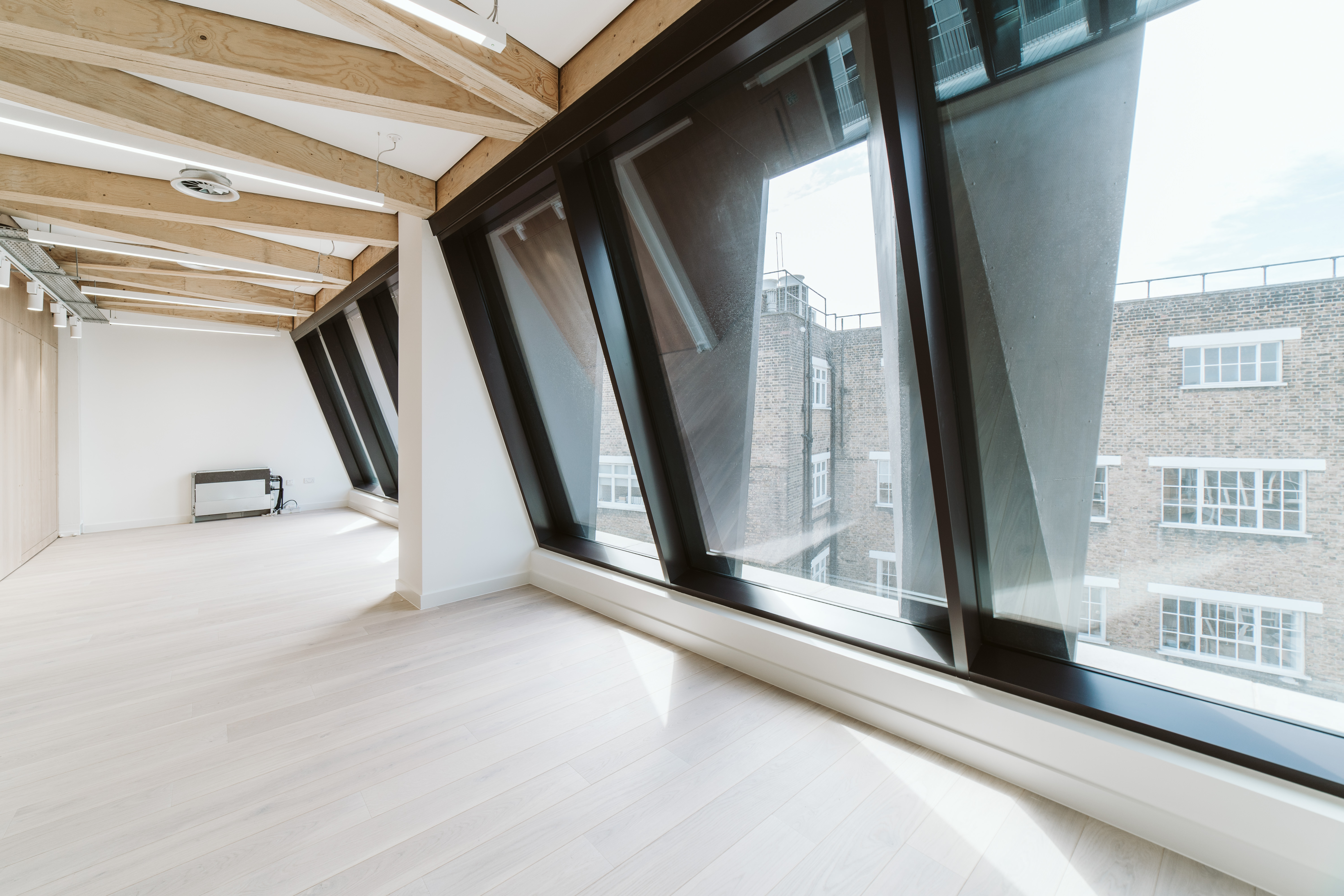Overview.
In 2002, the Committee for European Standardisation (CEN) took on the tasks of harmonising the lighting recommendations. The result of this is a range of European Standards (BS EN series in the UK) that specify the lighting requirements for a wide range of applications.
The role of the SLL Code for Lighting has therefore changed from being the only source for CIBSE recommended lighting levels to now being a guide on how to interpret the BS EN recommendations and how to put them into practice.




